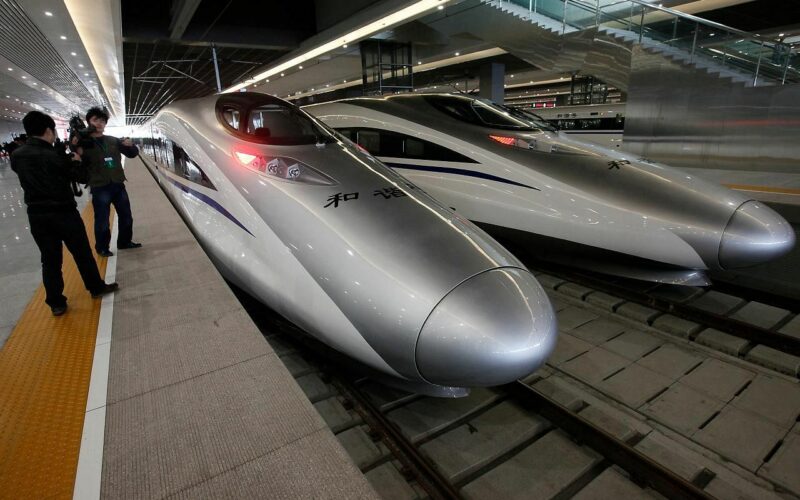Vietnam has set its sights on initiating the construction of two high-speed railway lines connecting its capital, Hanoi, with China before the year 2030, as announced by the Ministry of Planning and Investment. This development underscores the recent warming of relations between the two Communist-led neighboring nations.
With China being Vietnam’s primary trading partner and a crucial source of imports for its industrial sector, the endeavor to establish modern transportation links signifies a significant step forward. Currently, the existing connectivity between the two countries relies on aging infrastructure, including highways and railways in need of modernization, particularly on the Vietnamese side.
The proposed high-speed rail projects entail one line traversing from Vietnam’s key port cities of Haiphong and Quang Ninh through Hanoi to Lao Cai province, bordering China’s Yunan province. Additionally, another line is planned from Hanoi to Lang Son province, which shares a border with China’s Guangxi region, cutting through a region densely populated with international manufacturing facilities, some of which are under Chinese ownership.
Details regarding the specifics of these projects have yet to be disclosed by the ministry.
In pursuit of knowledge exchange and collaboration, Vietnam has expressed its intent to glean insights from China’s expertise in developing its inaugural high-speed railway network. To this end, Vietnamese officials have engaged with Chinese railway companies to facilitate the learning process.
Furthermore, Vietnam has ambitious plans for a substantial high-speed railway network connecting Hanoi with the business hub of Ho Chi Minh City.
Against the backdrop of enhancing bilateral relations, Vietnam’s National Assembly chairman, Vuong Dinh Hue, engaged with executives from Chinese railway companies during his recent visit to Beijing, where he was received by Chinese President Xi Jinping.
These developments follow a series of cooperation agreements, including those related to railways, signed during Chinese President Xi Jinping’s visit to Hanoi in December.
Despite longstanding tensions over maritime disputes in the South China Sea, recent indications suggest a thawing of tensions between Vietnam and China. Trade volumes between the two nations surged by 22% in the first quarter of this year, reaching $43.6 billion, according to data from the Vietnamese government.








